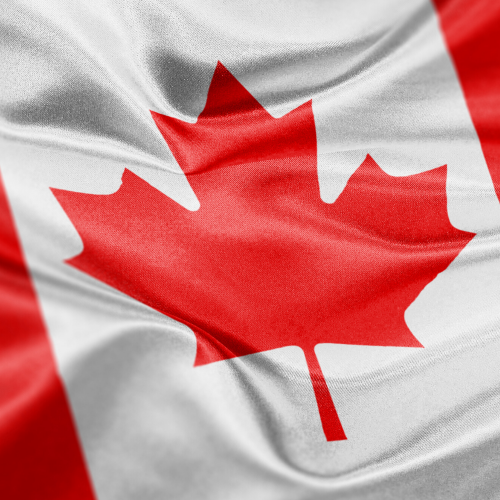Financial Issues & Answers for Everyone
A thorough analysis of today’s financial news—delivered weekly to your inbox or via social media. As part of Knowledge Bureau’s interactive network, the Report covers current issues on the tax and financial services landscape and provides a wide range of professional benefits, including access to peer-to-peer blogs, opinion polls, online lessons, and vital industry information from Canada’s only multi-disciplinary financial educator.
September 2025 Poll
On September 2, Finance Minister Champagne mandated CRA to implement a 100-day plan to “strengthen services, improve access, and reduce delays.” That’s by December 11, 2025. Do you believe this approach will help?

Special Report: Canada Emergency Wage Subsidy Redesign
On July 17, 2020, a redesigned Canada Emergency Wage Subsidy (CEWS) was proposed with substantive changes over previous periods and the new rules are very complex. The good news is that the program has been extended to December 19, 2020 and potentially all businesses with a revenue loss over 0% could qualify for a wage subsidy.

CEWS Extension: No New Info, But Business Bears Burden of Proof
Between a rock and a hard place. That could well describe how Canada’s suffering business owners feel about the complete lack of direction that followed Monday’s announcement that the Canada Emergency Wage Subsidy (CEWS) has been extended until December 2020. It’s meant to help restart the nation’s economy, but you won’t find a single reference to this on CRA’s website as of today. Here’s why that’s a very big deal:

Building Bridges for Business Owners
Business owners remain financially stranded in Canada. According to a new survey by the CFIB, 33% of business owners have had to dip into their personal savings just to stay afloat during the pandemic crisis, 26% of them have had to increase credit card debt, and 8% of them tapped into their retirement savings early. That scenario is bolstered by a July 15 survey from Stats Canada which confirms the extent of the financial burden borne by business owners. A continued lifeline is critical to clinch Canada’s economic recovery.

Up to Speed? Rules Change for RPP and Salary Deferral Leaves
On July 2, the government released draft legislation to temporarily change some of the rules around salary deferral leave and Registered Pension Plans. Here’s what you need to know:

Interest Rate Steady: What It Means for Taxpayers
Need some positivity in your life? The new Bank of Canada Governor, Tiff Macklem announced yesterday that the benchmark interest rate would remain 0.25% (where it’s been since March) and will do so until the 2% inflation target is reached, which might take at least two years, according to their Monetary Policy Report. But there is more good news:

